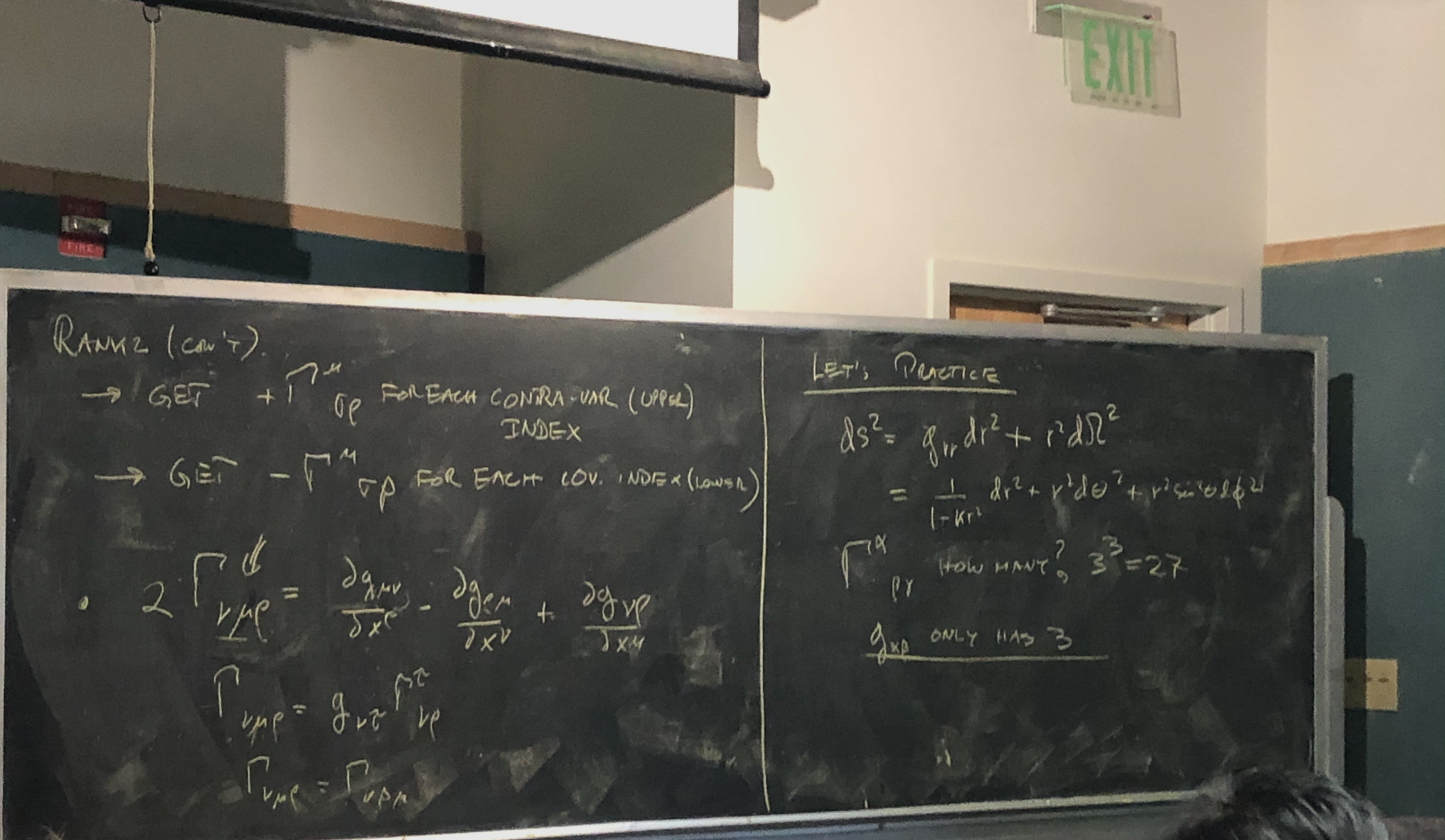Dark Energy Physics in 2024
2024 made a lot of waves in science. AI explosive’s impact on our lives continues to yield improvements on logical performance, such as Google’s quantum error corrections, and AlphaProof which trains the ability of AI systems to do mathematical computations. The 2024 Nobel Prize in Physics went to its pioneers of artificial neural networks, which isn’t a surprise considering AI’s overwhelming success. I’m not an expert on AI, and my opinion piece will certainly have its moment in 2025. Perhaps I’m much better equipped to briefly write about the most puzzling, and certainly most curious Physics story of the year.
Einstein’s Field equations of General Relativity explores geodesics in which space time curvature may either converge or diverge in time on a manifold which are equivalent to the stress energy tensor as the source of gravitation. This essentially means that mass manipulates space to curve about it while simultaneously the curved space is influencing the mass’ movement, in nonlinear differential equations (4x4 matrix yields 16 different equations).

Sometimes referred to personally as his “greatest blunder”, Einstein warily included the cosmological constant Λ to his equations, to counteract gravitational forces against the expansion or contraction of spacetime. Dark energy is 2025’s version of challenging heliocentricity (just don’t tell the flat Earthers). So how do we know what kind of universe we’re living in? A simulation nonetheless, if we assume the universe is spatially flat (k = 0 parameter), the local conservation of energy by the proper equation of state (negative pressure or p = -wpc²) reveals the cosmological constant in Einstein’s Static Universe. Note, however, that Noether’s Theorem states that conservation of energy only holds globally if the universe is invariant under time-translations, which is difficult to apply to a universe changing in scale. The value may be positive or negative in a homogenous and isotropic universe, but evidence since Hubble’s classification of extragalactic nebulae largely suggests a positive value from numerous observations of cosmological redshift.
Tensions rise, however, in close proximity with the Hubble constant, current research on space lumpiness known as σ8, and advancements in astronomical instrumentation. All of which are beginning to suggest that dark energy is getting weaker over time and not a constant at all. The predicted fate of our universe depends on the accuracy of this ongoing research from the Dark Energy Survey, ESA’s Euclid mission, and DESI, which may all but be transformed in the coming years as we come to understand the nature of its accelerated (of course, see the natal 2011 Physics Nobel prize) expansion. Dark energy isn’t well understood despite making up to 68% of the universe—it isn’t something you can detect (even black holes can be located and imaged now) directly and remains somewhat incongruous to quantum field theory: if empty space is really empty. Theoretical estimates of the vacuum energy density in QFT exceeds the observations from the Cosmic Microwave Background ΛCDM model and measurements of Baryonic Acoustic Oscillations. The problem lies with need to reconciliate the scale of dark energy models to observational data, if describing it as a constant is appropriate.
Source: NASA Goddard’s Scientific Visualization Studio
The mysterious inflationary energy, if constant, would spread baryonic matter until it experiences heat death, or the Big Freeze. Growing up, when I first learned about the theories behind the fate of our universe, it was almost bizarre to think of its end long after I’d returned the elements made and recycled in the stars. I thought that the galaxies and its structures would be lonely, spread far apart in the cold obscurity of the vacuum of space.
When I got to my undergraduate studies, I was beyond fascinated with the death of stars, collapsing under their own gravity and thermonuclear pressure spewing forth the building blocks of you and me and the natural world. The Big Crunch scenario echoes this renewal—if expansion decelerates to a halt, the universe would contract on itself into nothing. Preceding the Big Crunch, another Big Bang… perhaps forming an entirely new set of physical laws we have yet to discover. The matter of dark energy and understanding it over time could potentially shift the major cosmological paradigm. Most disruptively, “a net preference for the timescape cosmology over the standard FLRW cosmologies may point to a need for revision of the foundations of theoretical cosmology, both ontologically and epistemologically, to better understand inhomogeneities and their backreaction on the average evolution of the Universe,” suggests new research published in the Monthly Notices of the Royal Astronomical Society. As usual, the excitement of the latest cutting-edge science is accelerating with time: more breakthroughs, more revolutions, more ideas and challenges, and more questions.
science 